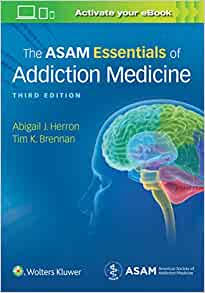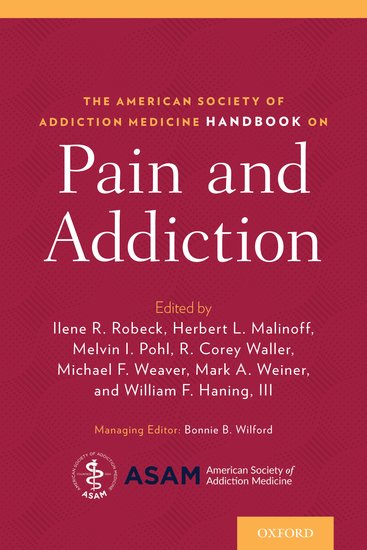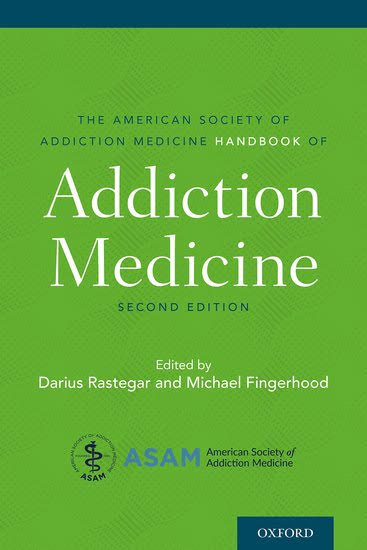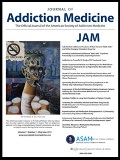Publications
Licensing
Copyrights & Permissions
ASAM strongly believes in the value of information sharing to advance addiction treatment, education, and research. As part of our mission, ASAM publishes many different types of materials that are protected by copyright. In order to protect the intellectual property of ASAM and other contributors, the following framework is used for granting permissions for proprietary works (both electronic and print publications).
Unless otherwise indicated, all ASAM content published on this website, in its books, in the Journal of Addiction Medicine, or in other ASAM-published material is protected by copyright and may not be reproduced in whole or in part by persons, organizations, or corporations other than ASAM and its affiliates without written permission. You may request permission from ASAM to reuse copyrighted materials as detailed below.
As a condition of your access to the ASAM Criteria and other ASAM intellectual property, you agree not to input such content and information into any artificial intelligence system.
What is permission required for?
The ASAM Criteria®
The most widely used and comprehensive set of guidelines for placement, continued stay and transfer/discharge of patients with addiction and co-occurring conditions.

ASAM Criteria Implementation Guide
The ASAM Criteria Implementation Guide helps programs improve quality of care in manageable increments aligned with each program’s unique goals and challenges. Addresses the need of treatment programs and systems of care to have a practical tool to help implement the standards found in The ASAM Criteria® .
Contact asamcriteria@asam.org
The ASAM Essentials of Addiction Medicine
The comprehensive 6th edition of the ASAM flagship textbook reviews the science and art behind addiction medicine.

The ASAM Principles of Addiction Medicine
Derived from The ASAM Principles of Addiction Medicine, 5th Edition – widely hailed as the definitive comprehensive clinical reference in the field – this companion resource presents the collective wisdom of hundreds of esteemed authorities on the art and science of addition medicine in a succinct format.

Pocket Addiction Medicine
A new volume in the bestselling Pocket Notebook series, Pocket Addiction Medicine delivers highly relevant coverage of this widespread and increasing health care problem in an easily portable source.
The ASAM Handbook on Pain and Addiction
An invaluable, evidence-based tool for clinicians to manage the complex relationship between pain and addiction.
Visit: www.copyright.com
The ASAM Handbook of Addiction Medicine
A practical, evidence-based guide to the identification and treatment of substance use disorders.
Visit: www.copyright.com
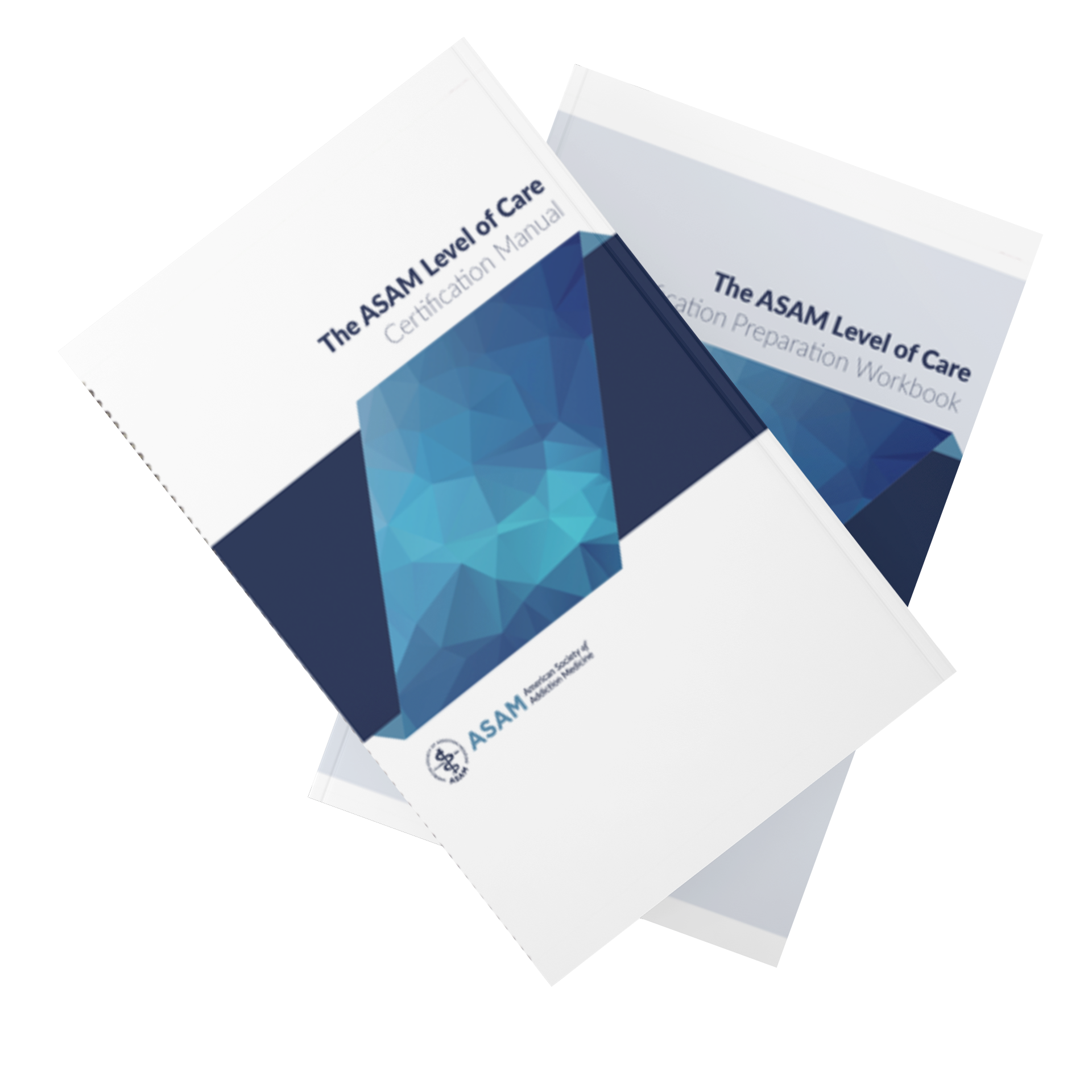
The ASAM Level of Care Certification™
The ASAM Level of Care Certification™ is a new certification offered by ASAM in partnership with CARF. The ASAM LOCC manual and companion workbook are copyrighted texts. The elements as defined in the LOCC are jointly copyrighted by CARF. ASAM holds exclusive rights to provide LOCC training.
Contact certification@asam.org
Journal of Addiction Medicine
Published six times per year, the Journal of Addiction Medicine is the official journal of the American Society of Addiction Medicine. The Journal is designed for all physicians and other mental health professionals who need to keep up-to-date with the treatment of addiction disorders.
Clinical Guidelines and Resources
The ASAM Criteria
Visit The ASAM Criteria permissions webpage.
ASAM Pocket Guides
Contact info@guidelinecentral.com or visit Guideline Central.
ASAM Guidelines
Contact asamguideline@asam.org
Other Content
Educational Course Materials
Contact education@asam.org
ASAM Weekly
Contact asamweekly@asam.org
Web content
Contact marketing@asam.org
Trademarks
Contact email@asam.org
Use of the following trademarks is prohibited without permission of ASAM: “ASAM,” “American Society of Addiction Medicine,” “The ASAM Criteria.”
When will ASAM deny permission?
ASAM does not permit use of ASAM service marks or allow copyrighted material to be modified or adapted. Permission to use content that has been discontinued will not be granted. Requests deemed inconsistent with ASAM's mission will be denied.
For questions, contact pubs@asam.org
Permissions Fees
Permissions fees are determined by the intended use, scale of distribution, and other factors. Permission is not granted until fees are paid in full and ASAM receives a completed permission agreement.

.tmb-thumbnail.png?sfvrsn=e3c84ac2_1)
